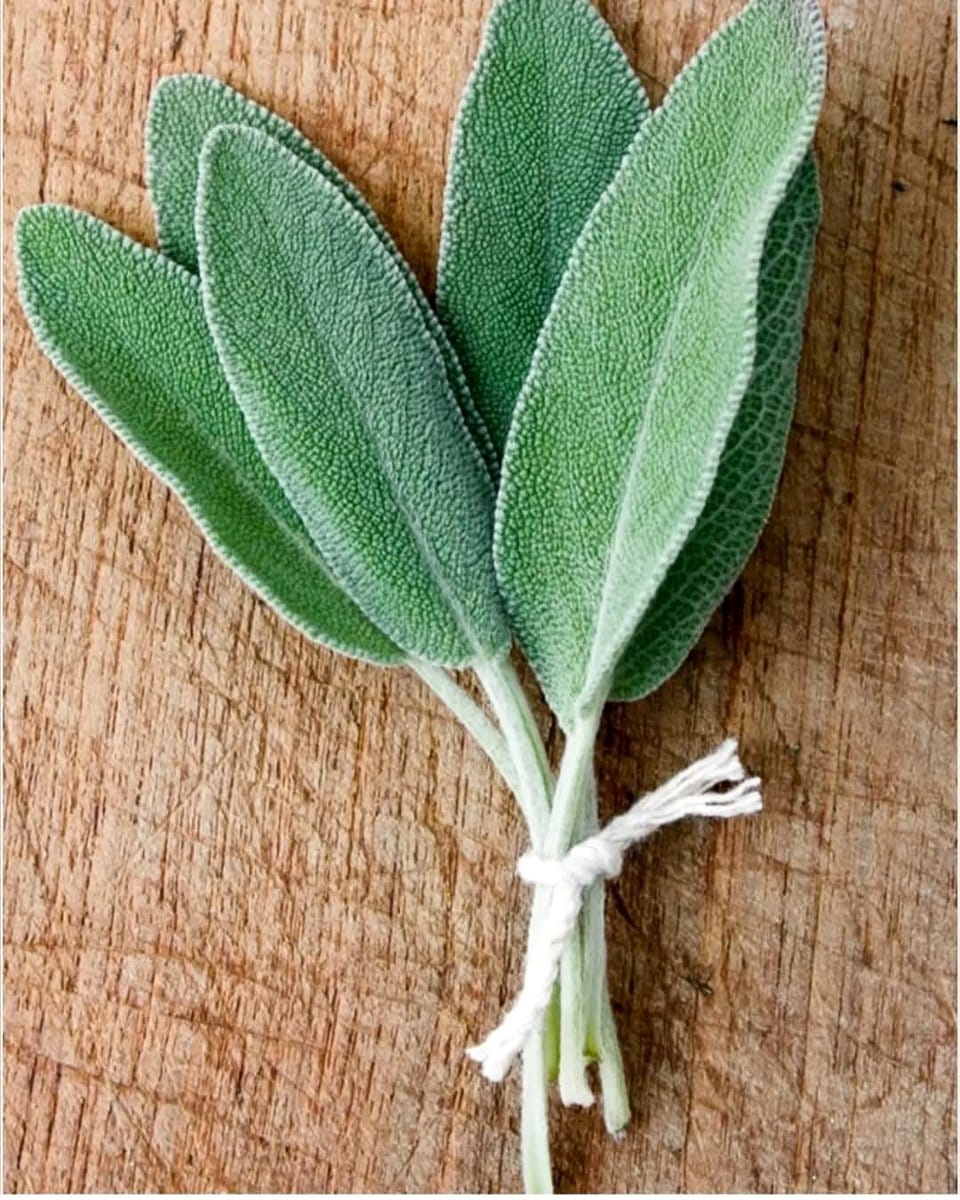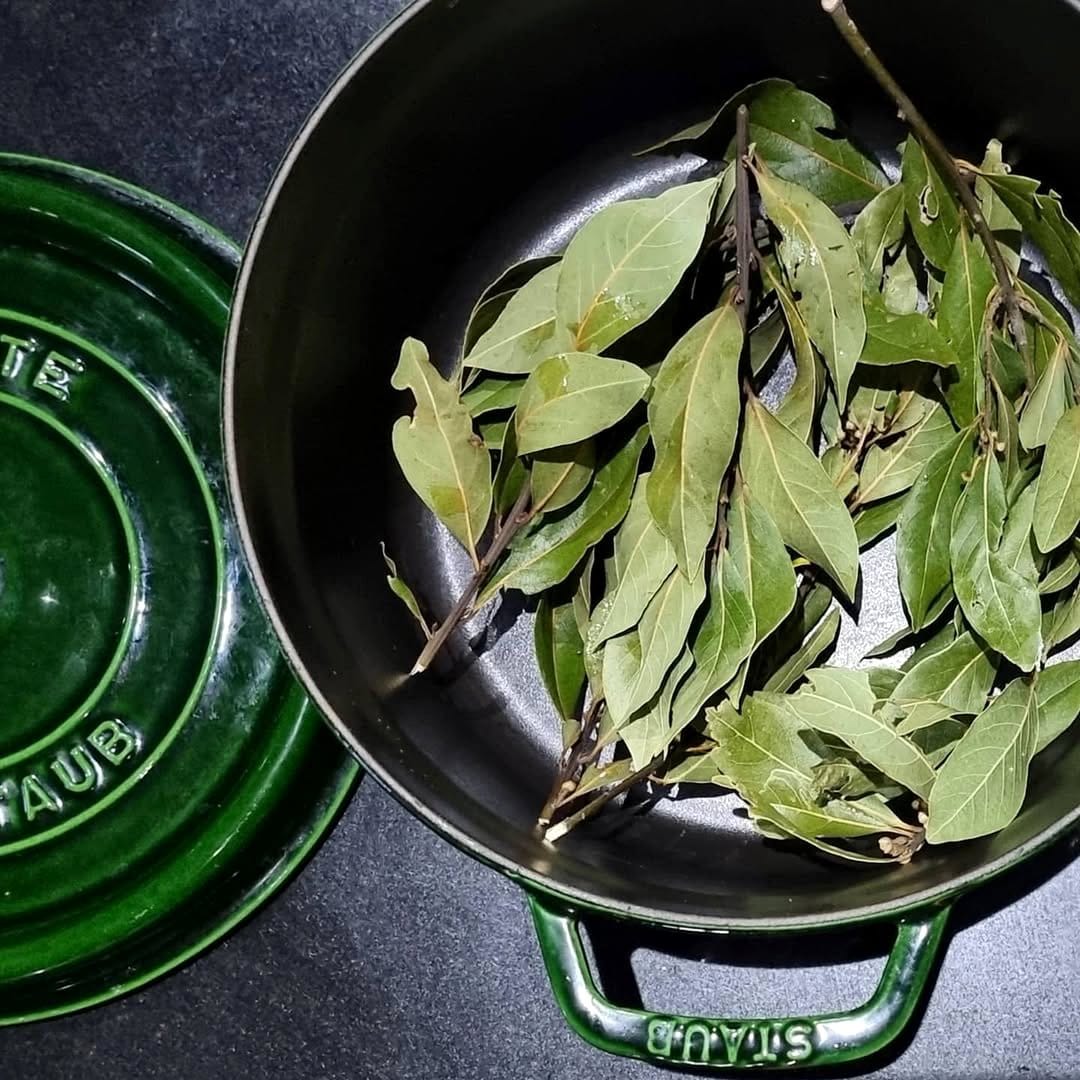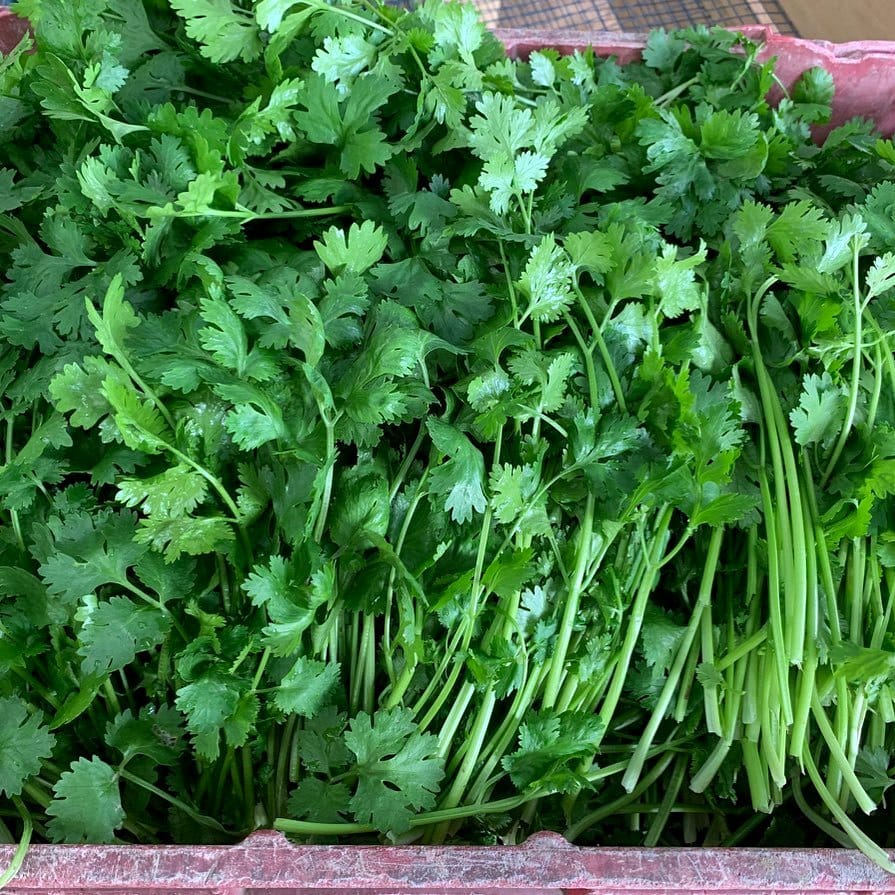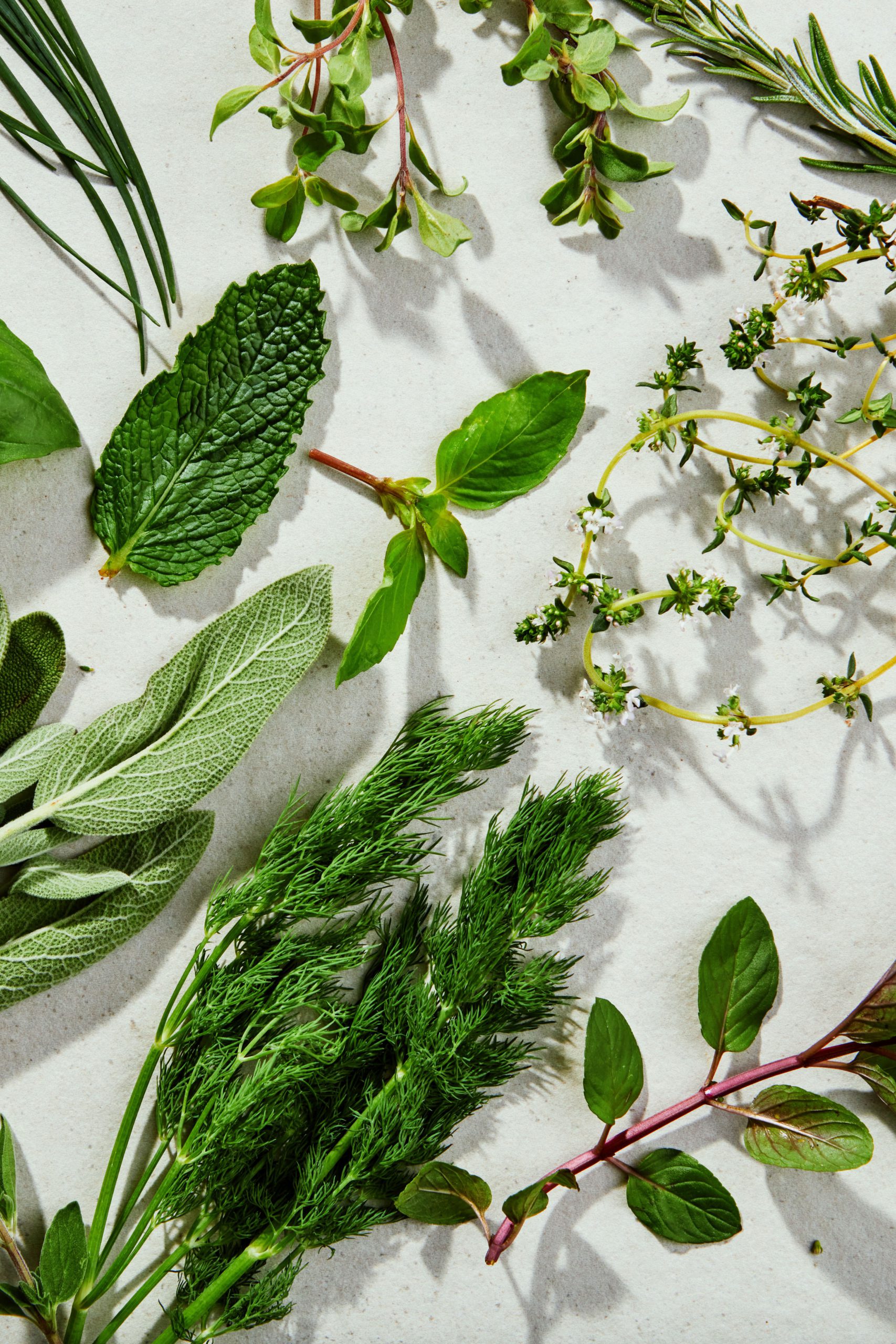Have you ever wanted to add a dash of fresh flavor to your meals but felt overwhelmed by the idea of growing your own herbs? You're not alone. Many aspiring chefs are intimidated by the thought of cultivating a kitchen herb garden. However, cultivating herbs can be incredibly simple and rewarding. In fact, some herbs are so forgiving that they practically thrive on neglect. Whether you have a green thumb or not, these beginner-friendly kitchen herbs are perfect for enhancing your cooking while adding a touch of green to your kitchen space. Let's explore how you can effortlessly grow these culinary companions.
1. Basil: The Italian Stallion

Basil is an essential herb for any Italian dish lover. Its sweet, peppery flavor enhances pasta, salads, and sauces. Start by sowing seeds in a pot with well-draining soil, and place it on a sunny windowsill. Basil thrives in sunlight and requires regular watering, but be careful not to overwater. Pinching the tops of the plants encourages bushier growth. Before you know it, you'll have a flourishing basil plant ready to elevate your culinary creations.
2. Mint: Refreshing and Resilient

Mint is a vigorous grower, making it perfect for beginners. This aromatic herb is ideal for teas, desserts, and even savory dishes. Plant mint in a container to prevent it from spreading uncontrollably. It prefers partial sunlight and moist soil, so make sure to water it consistently. Harvest mint leaves regularly to promote new growth, ensuring you always have a fresh supply on hand for your culinary experiments.
3. Chives: The Mild Onion Alternative

Chives are a versatile herb that adds a mild onion flavor to dishes without overpowering them. They’re incredibly easy to grow from seeds or bulbs and do well both indoors and outdoors. Place your chive pot in a sunny spot and keep the soil consistently moist. Snip the leaves as needed to garnish soups, salads, and eggs. The more you harvest, the more they grow, making chives a delightful addition to your kitchen garden.
4. Parsley: The Universal Garnish

Parsley is a staple in many cuisines and serves as a beautiful garnish. It grows well in pots and likes a mix of sun and shade. Sow seeds or transplant seedlings into rich, well-drained soil. Water regularly, but avoid waterlogging the roots. With minimal maintenance, parsley will flourish, providing you with a constant supply of fresh leaves to adorn your dishes with a pop of color and flavor.
5. Cilantro: The Love-It-Or-Hate-It Herb

Cilantro is known for its distinct flavor, essential in many Mexican and Asian cuisines. It grows quickly and prefers cooler temperatures, making it ideal for indoor cultivation. Plant seeds in a deep pot, as cilantro develops a deep root system. Place in a bright area and water consistently. Regular harvesting helps extend its life, so clip leaves often to keep it growing strong.
6. Thyme: The Timeless Essential

Thyme is a hardy herb with a subtle lemony flavor that complements a variety of dishes. It thrives in well-drained soil and full sun. Plant thyme in a pot or directly in your garden, ensuring sufficient space for airflow. Water moderately and trim frequently to encourage bushy growth. Thyme is perfect for seasoning meats, vegetables, and stews, making it a must-have for any kitchen herb collection.
7. Rosemary: The Aromatic Powerhouse

Rosemary's robust aroma and flavor make it a favorite in Mediterranean dishes. It prefers a sunny location and well-drained soil. Plant rosemary in a container to allow it to thrive indoors. Water sparingly but don’t let the soil dry out completely. Prune regularly to prevent it from becoming woody. Rosemary is excellent for roasting meats and vegetables, infusing your cooking with its irresistible fragrance.
8. Oregano: The Pizza Herb

Oregano is a cornerstone of Italian and Greek cooking, known for its warm, peppery taste. It's easy to grow from seeds or cuttings, favoring sunny and dry environments. Plant oregano in a pot with sandy soil and water when the top inch of soil feels dry. Prune regularly to promote new growth, and use its leaves fresh or dried to enhance pizzas, pasta sauces, and grilled dishes.
9. Dill: The Pickling Partner

Dill is a feathery herb with a tangy flavor, perfect for pickling or adding to fish dishes. It grows best in full sun and well-drained soil. Plant dill seeds directly in a pot or garden bed, and keep the soil consistently moist. Dill is fast-growing, so you’ll have fresh leaves in no time. Regularly clipping the leaves encourages a continuous supply for your culinary adventures.
10. Sage: The Savory Superstar

Sage is a perennial herb with a slightly peppery flavor, ideal for savory dishes. It requires full sun and well-drained soil to thrive. Plant sage in a pot or your garden, and water it sparingly. Once established, sage is drought-tolerant and low-maintenance. Harvest the leaves regularly to keep the plant productive, and use them to season meats, stuffings, and sauces.
11. Tarragon: The French Favorite

Tarragon is a classic herb in French cuisine, known for its anise-like flavor. It prefers a sunny spot and rich, well-drained soil. Plant tarragon in a pot or directly in your garden, and water regularly. Prune often to encourage new growth. Tarragon is perfect for flavoring vinegars, dressings, and fish dishes, adding a distinctive touch to your culinary repertoire.
12. Lemongrass: The Exotic Addition

Lemongrass brings a citrusy aroma to Southeast Asian dishes. It grows well in full sun and well-drained soil. Start by planting lemongrass stalks in a pot, and water consistently. Once established, it’s relatively low-maintenance. Use the tender inner stalks to infuse soups, curries, and teas with its refreshing flavor, transporting your taste buds to exotic locales.
13. Bay Laurel: The Bay Leaf Source

Bay laurel is a slow-growing shrub that provides aromatic leaves used in soups and stews. It requires full sun and well-drained soil. Plant bay laurel in a container to control its size, and water moderately. Prune regularly to maintain shape and encourage leaf production. Harvest leaves as needed to add depth and aroma to your cooking, making it a valuable addition to your herb garden.
14. Marjoram: The Sweet Oregano

Marjoram is a delicate herb with a sweet, citrusy flavor, often compared to oregano. It thrives in sunny locations with well-drained soil. Plant marjoram in a pot or garden, and water sparingly. Regular pruning encourages bushy growth and a continuous supply of leaves. Use marjoram to flavor meats, soups, and salads, enriching your dishes with its gentle aroma
15. Lovage: The Celery Substitute

Lovage is an underappreciated herb with a celery-like flavor, perfect for soups and stews. It prefers full sun and moist, well-drained soil. Plant lovage in a spacious pot or garden bed, and water consistently. Harvest the leaves and stems regularly to encourage new growth. Lovage offers a unique twist to your culinary creations, making it a delightful addition to your herb garden.
16. Fennel: The Licorice Delight

Fennel is a versatile herb with a sweet, licorice-like flavor. It grows well in full sun and well-drained soil. Plant fennel seeds directly in a pot or garden bed, and water regularly. Harvest the fronds and bulbs as needed to add depth to salads, roasts, and fish dishes. Fennel’s distinctive taste and aromatic qualities make it an intriguing choice for your kitchen herb collection.
17. Coriander: The Citrusy Cousin

Coriander, often confused with cilantro, offers a citrusy flavor distinct from its leafy counterpart. It grows best in cooler temperatures with well-drained soil. Plant coriander seeds in a deep pot, and water consistently. Harvest the seeds when they turn brown and dry, using them to spice up curries, breads, and marinades. Coriander adds a unique zest to your cooking endeavors.
Final Thoughts
Starting a kitchen herb garden is a rewarding and enjoyable journey that can enhance your cooking while beautifying your space. With these beginner-friendly herbs, you'll be well on your way to creating flavorful dishes that impress family and friends. Remember, each herb has its own unique quirks and preferences, so take the time to understand and nurture them. Don’t be afraid to experiment and try new recipes. Embrace the joy of growing and using fresh herbs, and watch your culinary skills flourish!
